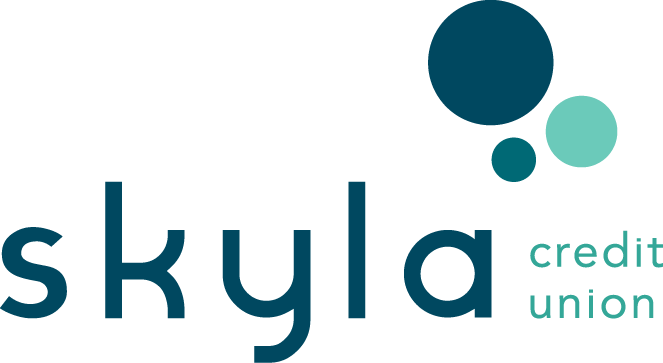Yes — and it happens more often than you might think. Even if someone wants to help, a lender can deny them as a co-signer if their credit score, debt, or income doesn’t meet the lender’s standards. Since the co-signer is agreeing to repay the loan if you don’t, the lender needs to trust that they can actually follow through.
COMMON REASONS A CO-SIGNER MIGHT BE DENIED
- Low or poor credit score
- High debt-to-income ratio
- Limited credit history or recent late payments
- Unstable employment or no income documentation
QUICK TIP: Before asking someone to co-sign, encourage them to check their credit. It’ll save time (and awkward conversations) down the road. |

 benefits and risks of having a co-signer
benefits and risks of having a co-signer
Having a co-signer can open doors, but it also comes with real responsibility for both of you.
BENEFITS:
RISKS:
QUICK TIP: If you're looking to be a co-signer, before signing, review your student’s financial habits and plans. It’s okay to ask how they’ll manage the monthly payments — after all, your credit is on the line too. |
 how to choose the right co-signer
how to choose the right co-signer
Not everyone with good credit is the right co-signer for you. Choose someone who’s supportive — and realistic.
A good co-signer: 
- Has strong credit and stable income
- Understands the full responsibility
- Trusts you to manage your loan wisely
- Is willing to help if repayment gets tough
- Feels comfortable talking finances with you
It’s also a good idea to have a backup plan in place. Ask yourself (and your co-signer): “What happens if I can’t pay one month?” Talking through this early on avoids confusion or frustration later
 how to ask someone to co-sign your loan?
how to ask someone to co-sign your loan?
This part might feel a bit awkward, but you can do it! Approach the conversation with honesty and have a clear plan. Here's what'll make it easier:
- Be honest: Share why you need help and what you've already tried.
- Show them you've done your homework: Talk about your budget, school expenses and repayment plan.
- Explain and acknowledge the risk: Make it clear you understand what you're asking and take it seriously.
- Offer them reassurance: Prove you've thought through how you'll stay on top of the loan.
- Offer a written agreement: This is optional but it helps build trust and sets expectations.
Here's our Co-signer Guide that can help you step by step.
 tips for applying for a student loan with a co-signer
tips for applying for a student loan with a co-signer
Get pre-qualified (if possible)
Compare, compare, compare
Apply early
Double-check your info
skyla + sparrow makes this process simple
If the loan process still feels overwhelming — we’ve got you. Skyla has partnered with Sparrow, a student loan marketplace that takes the guesswork out of finding the right loan.
With Sparrow, you can: 
- Compare personalized offers from up to 13 trusted lenders
- Get pre-qualified in minutes
- Apply directly through the platform — with or without a co-signer
- Choose a loan that fits your goals and your budget
 can you remove a co-signer later?
can you remove a co-signer later?
Yes — you don’t have to keep a co-signer on your loan forever. Once you’ve shown that you’re financially stable and responsible, most lenders offer a co-signer release option. That means your co-signer can be removed from the loan, and it’ll be yours alone.
Here are a few ways to do it:
- Co-signer release: After making on-time payments for a set period (usually 12 to 36 months), you can apply to have your co-signer removed. You’ll usually need to pass a credit check to qualify.
- Refinancing: You can refinance the loan under your name only — ideally with a lower rate, once your credit improves.
- Paying off the loan: If you’re able to knock out your balance early, your co-signer is released automatically.
Psst... not all lenders offer co-signer release...so make sure you ask this question before signing the loan.
what if i can't get a co-signer for a student loan?
Not everyone has someone in their life who can — or should — co-sign. And that’s okay. You're not out of options. Try one or more of these alternatives:
- Apply for federal loans first: They don’t require a co-signer and often come with better protections. Check it out>
- Apply for scholarships and grants: That’s money you don’t need to pay back. (Check sites like Fastweb or Scholarships.com.)
- Look into tuition payment plans: Some schools offer monthly plans that break up the cost.
- Consider income-share agreements (ISAs): You pay back a portion of your future income instead of a fixed loan amount. Learn more>
- Take a pause to build credit: If you wait a semester and work, you might qualify for a loan solo next term. Learn how to build your credit>
QUICK TIP: The most important thing? Don’t give up on your goals — just find the path that fits your situation. |
what's next?
If you're thinking, “Okay, I get the co-signer thing now… but what am I supposed to actually do next?” — here’s your starter pack:
 Start with FAFSA
Start with FAFSA
Even if you think you won’t qualify, filling out the FAFSA opens doors to federal loans, grants, and school-based aid — no co-signer needed for most of it.
Talk to someone you trust
If you think you’ll need a co-signer, don’t stress. Start the convo with a parent, guardian, or someone close who may be able (and willing) to help. Not sure how to bring it up? We’ve got a guide for that.
Compare your private loan options
Once you’ve explored federal aid through FAFSA, you can use Skyla + Sparrow to shop private student loans. Whether you have a co-signer or not, you can compare offers, check your rates, and find a private loan that fits your needs — all in one place, and without affecting your credit.
At skyla, we’re here to support your next big step.
And hey — you don’t need to have it all figured out today. The important thing is that you’re starting. Step by step, you’ll get there.



 This is normal. In fact, 90.30% of undergraduate private student loans were co-signed in the academic year to date 2022/23
This is normal. In fact, 90.30% of undergraduate private student loans were co-signed in the academic year to date 2022/23




